
Local Levels in Mustang Advocate Removal of Upper Mustang from Prohibited Area, Citing China’s Security Concerns
In a bid to revitalize tourism and address economic concerns, three local levels in Mustang are actively advocating for the removal of Upper Mustang from the list of prohibited areas designated by the government, citing China’s security reasons as the basis for the restrictions.
Lomanthang, encompassing Loghekar Damodarkund and Waragung Muktikshetra Rural Municipality (3), have been classified as prohibited areas due to security concerns raised by the government, significantly impacting tourism in the region.
Chairman Tsi Narvu Gurung of Lomanthang Rural Municipality emphasized the adverse effects of maintaining Upper Mustang as a prohibited area, citing a decline in tourist arrivals. Gurung stated, “Tourism business has been affected due to decreased tourist arrivals caused by the high fees imposed in the prohibited areas. We have requested the removal of the prohibited area due to the exorbitant fees.”
The demand was formally presented to top government officials, including Prime Minister Pushpa Kamal Dahal ‘Prachanda,’ Home Minister Narayankaji Shrestha, Gandaki Province Chief Minister Surendraraj Pandey, and Forest and Environment Minister Dr. President Gurung. The three local level presidents submitted a petition, supported by decisions from local residents, hoteliers, and the village council, advocating for the removal of Upper Mustang from the prohibited area. The memorandum was submitted during the officials’ visit to Mustang in both October and October of the previous year.
Foreign tourists aiming to visit Upper Mustang, a part of the Annapurna Conservation Area Project (ACAP), are currently required to pay a fee of five hundred US dollars for a ten-day stay, with an additional daily fee of 50 rupees beyond that period. The government has extended the classification of prohibited areas to certain regions in Mustang, Manang, and Gorkha.
Rinjin Gurung, president of Waragung Muktikshetra Rural Municipality, highlighted the difficulties faced by foreigners in entering the restricted area, causing challenges to the livelihood of local residents. According to the Annapurna Conservation Area Management Project, in the financial years 2079 and 2080, 3,388 tourists visited Upper Mustang, categorized as a semi-prohibited area, while 71,777 foreign tourists explored Mustang.
Acap Jomsom reported that more than three thousand tourists visited Upper Mustang in the first nine months of 2023. The government initially opened Upper Mustang for tourism in 1992, designating it as a semi-forbidden area, considering its proximity to the border area of Tibet, an autonomous region of China.
Member of the Gandaki Provincial Assembly, Bikal Sherchan, emphasized the need to establish reasonable fees and a suitable process that accommodates tourists of all classes and economic statuses. Upper Mustang, renowned for its captivating landscapes, ancient Tibetan culture, historical palaces, monasteries, and distinctive architecture, stands as a unique attraction for visitors.
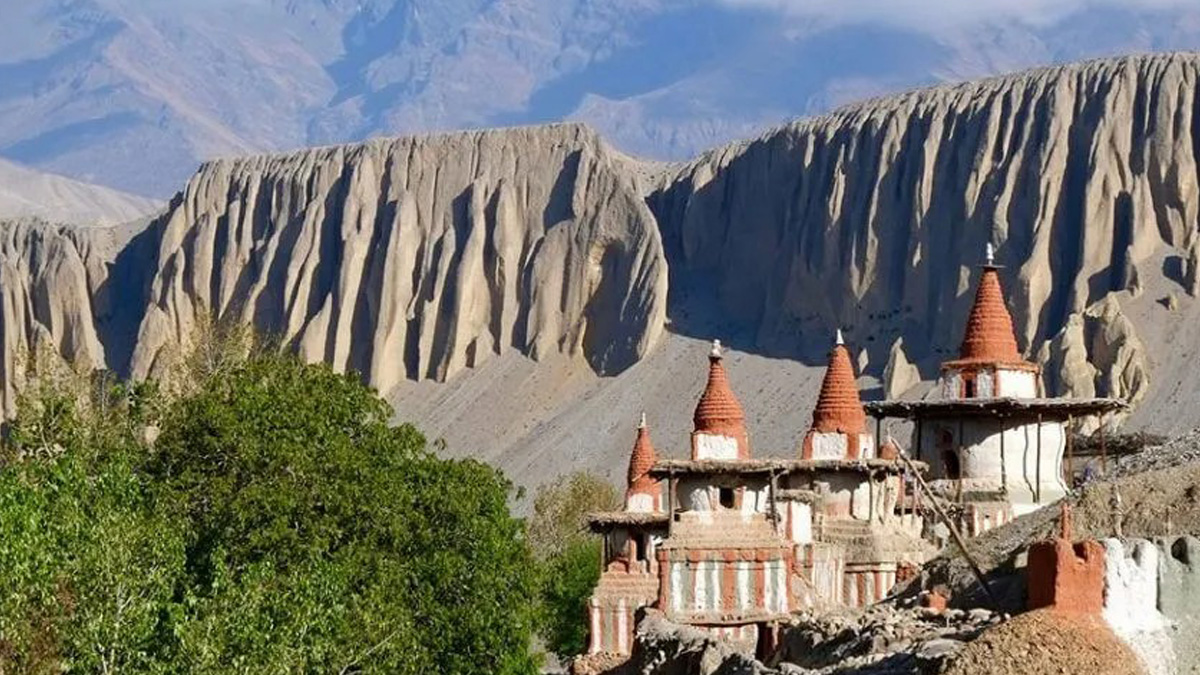
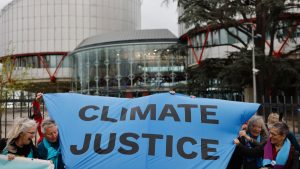


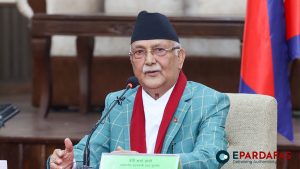
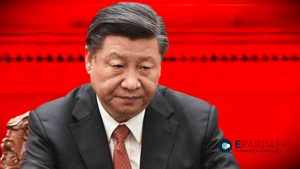
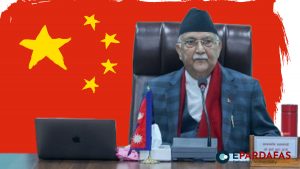





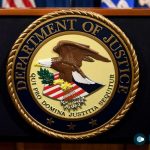
Comments